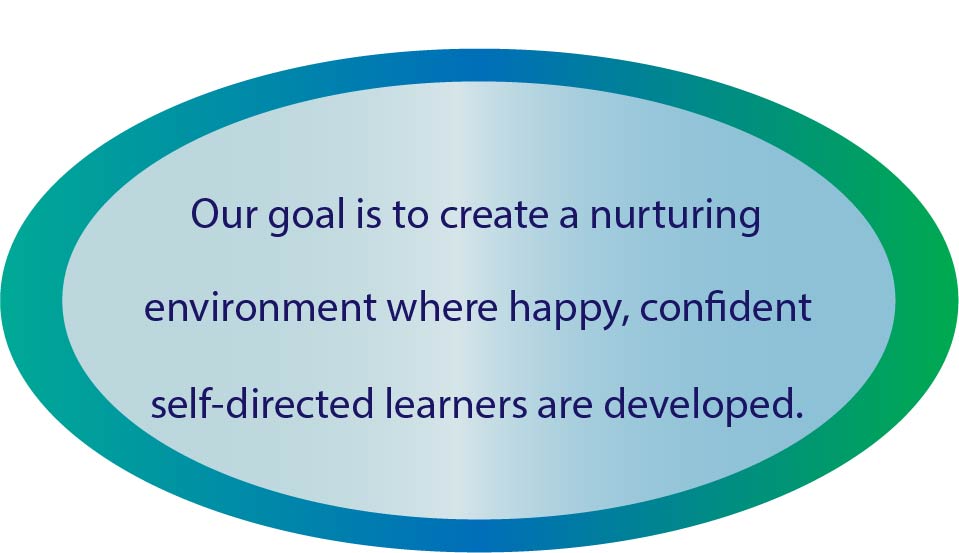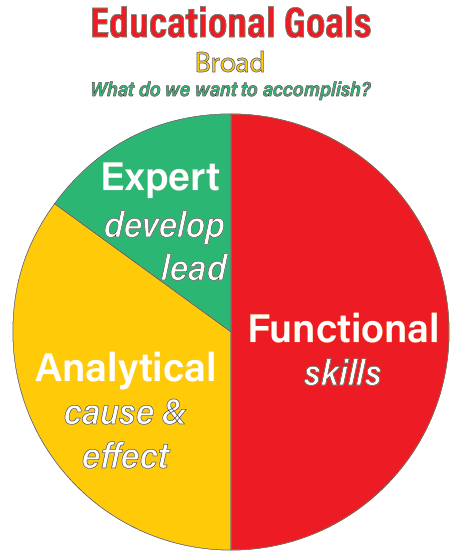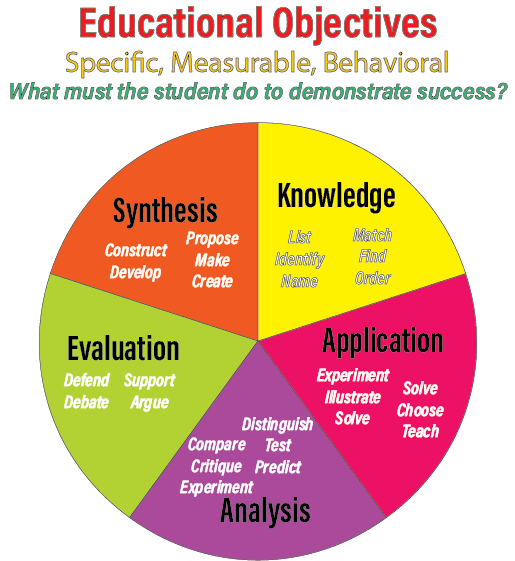Homeschool Educational Objectives
Parents use both homeschool educational objectives and educational goals to plan and evaluate their student's academic program. Educational goals are broad, whereas objectives are quite specific and can be measured by the homeschool students' behavior.
Objectives vs Goals
What is the difference between an objective and goal?
Goals Are Broad


Functional Goals
Of course you want your child to be able to function at home, in the community, and in society at large. Here are some examples of functional goals:- To read and write
- To perform math calculation and do basic algebra
- Operate a computer
- Drive a car
- Get along with others
- Remain physically fit
- Play an instrument
- Pass college entrance exams
- Prepare for a career
Analytical Goals
Functional goals cover basic skills. Some educators minimize the basics due to a desire to deepen the ability to analyze. This is a big mistake. A person who is missing those basic skills does not have the tools with which he or she can analyze the world around them. Analytical skills build on basic skills and don't replace them.In a nutshell we can say our goal is that our students:
analyze causes that have shaped the world and the effects they have had on society.
Or in short:
CAUSE & EFFECT
- Recognize influences on world and national history
- Analyze the effects of the laws of science on the physical world
- Assess good and evil and make positive choices
Expertise Goals
Goals of expertise indicate a student is a master of a particular subject. They have passed the goal of analysis and can create or synthesize phenomena in their subject field.Instead of analyzing cause and effect, the individual is causing an effect.
Some specific expertise goals might be to:
- Write a symphony
- Perform complicated surgeries
- Develop a new farming method
Objectives Are Specific and Measurable

Thus objectives are:
- Specific
- Measurable
- Behavioral - state what the student must do to demonstrate they have accomplished the objective.
Example of Goals and Objectives
KeyboardingHere's examples of both goals and objectives for keyboarding.
Goal: The student will learn to type proficiently.
Objective: Within six months the student will type 45 words per minute with 3 errors per minute or less.
For something like keyboarding, these are fairly easy to define.
However, some topics are a little harder. For example, what goals and objectives might one have for studying the United States Constitution?
Constitution
Goal: To understand the impact of the US Constitution.
Objectives:
- Identify 5 of the rights in the Bill of Rights.
- Explain step-by-step how the Constitution can be amended.
- Evaluate the impact of the Consitution on American society.
Types of Objectives
There are different "levels" of objectives, which differentiate the type of thinking required of the student. All levels are comprised of a verb which delineates what students are expected to do at the completion of their study. These levels are based on Bloom's Taxonomy which educators have used for several decades. The order here is based on more recent revisions which emphasizes creating as a higher level than analysis.KNOWLEDGE:
List
Identify
Name
Match
Find
Order
APPLICATION:
Experiment
Illustrate
Solve
Choose
Teach
ANALYSIS
Compare
Critique
Test/Experiment
Distinguish
Predict
EVALUATION
Defend
Debate
Support
Argue
CREATIVE/SYNTHESIS
Construct
Develop
Propose
Make
There are far more exhaustive lists of verbs that can be used to generate educational objectives using Bloom's Taxonomy. But this list can get you started.
Tool for Writing Your Educational Objectives

Some states require families to submit their homeschool educational objectives before the beginning of the course of study. We have a template of specific homeschool educational objectives specific for each subject.


About Our Site
Hands-On Learning













